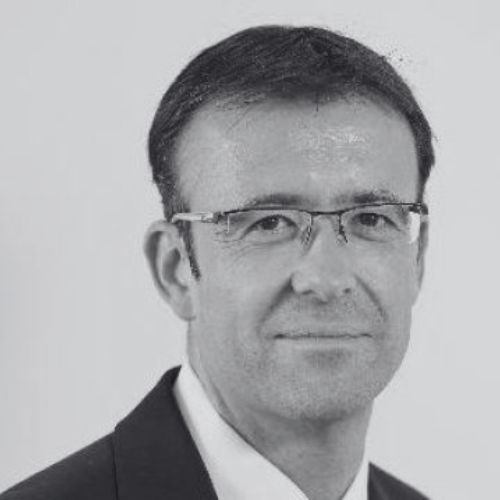ACTS 2022: Data transparency to drive sustainability efforts
This story was originally published June 24, 2022 in Air Cargo Next
Register for Air Cargo Tech Summit 2023 here and learn more about the Air Cargo Tech Summit here.
Data transparency and collaboration are key to piloting the airfreight industry into a more sustainable future, stakeholders say.
While sustainable aviation fuel (SAF) can be a useful tool to reduce carbon emissions, it will not be an industry standard anytime soon, panelists at the recent Air Cargo Tech Summit 2022 in Miami agreed. Instead, data must be harnessed to encourage transparency and innovation with regard to sustainability.
“It all starts with data,” said Jana Schebera, regional director, West Coast USA and global lead of decarbonization solutions at Germany-based forwarder Rhenus Logistics. “Once you have the data, you can actually start doing something about [emissions].” Rhenus in 2019 introduced Rhegreen, a digital tool that allows customers to more easily choose the most direct routes and efficient aircraft, reducing emissions by up to 40%, according to Schebera.
“Measuring [emissions] is really the first step to acting to reduce CO2 emissions,” said Camille Vanderghote, sustainability and CSR manager for the Americas at forwarder Bollore Logistics. Current data tracking tools are not yet perfect, she emphasized, adding that one of the best ways to promote sustainability is to join an organization like the Sustainable Air Freight Alliance (SAFA).
But measuring emissions becomes challenging as there are several ways to calculate and allocate them, Robinson said. For example, how should combination carriers like United allocate the emissions across their passenger and cargo customer groups? On cargo flights to Asia, an aircraft may be empty on its way to Asia, then completely full on the return route, he added.
“Should the emissions be carried over only to the cargo that’s on board, or should some of it be shared with the return trip from Asia?” he said.
“We’ve now gotten a standard approach that all airlines are using in the [SAFA],” Robinson said. The SAFA is already able to offer accurate historical emissions figures and some projected figures and is working to gather more exact data for current routes, he added.
SAF: An optimal alternative for airfreight?
Meanwhile, SAF remains one of the “most available, immediate [solutions] to significantly reduce CO2 emissions,” Bollore’s Vanderghote said. Although Bollore is working to double the amount of SAF it purchases in 2023 compared to 2022, Vanderghote said, “We will never be able to supply everything with SAF.”
Indeed, fossil fuels will not be completely gone from the industry for a “very, very long time,” according to United’s Robinson. While they might be phased out of the developed world within three decades, he said, by using a combination of SAF and aircraft that operate on alternative fuels like electricity and hydrogen, fossil fuels will continue to be the norm in the developing world for “decades to come.”
There is more potential in newer, more fuel-efficient aircraft models and airline partners that prioritize efficiency than there is in SAF, Rhenus’s Schebera said. It’s not about “just changing fuels, but actually getting the emissions down,” she said.
The frameworks and global initiatives for reducing emissions are in place, Vanderghote said. Now it’s about raising awareness, explaining how these processes can work and making sure various stakeholders understand the data available to them, she added.
Register for Air Cargo Tech Summit 2023 here and learn more about the Air Cargo Tech Summit here.





